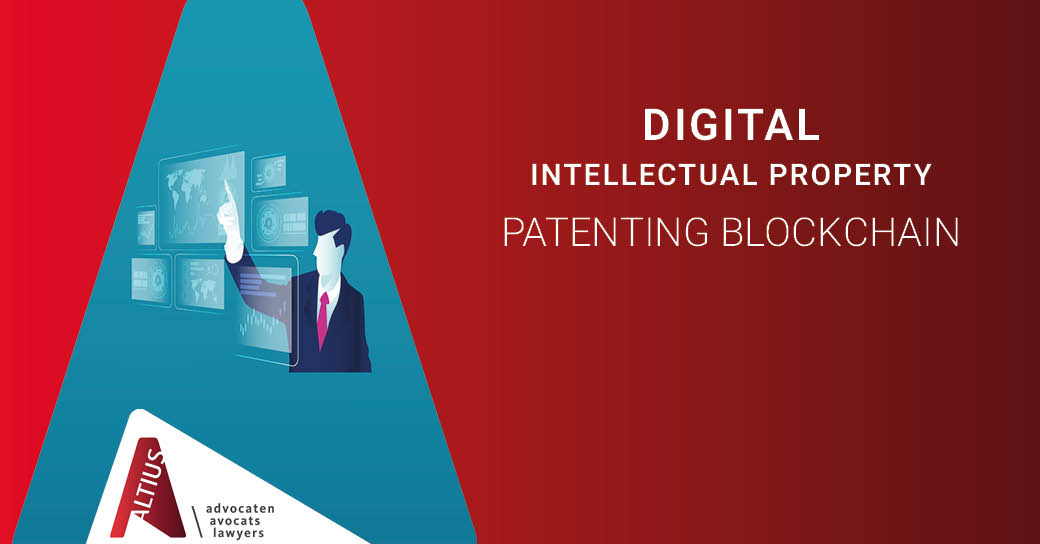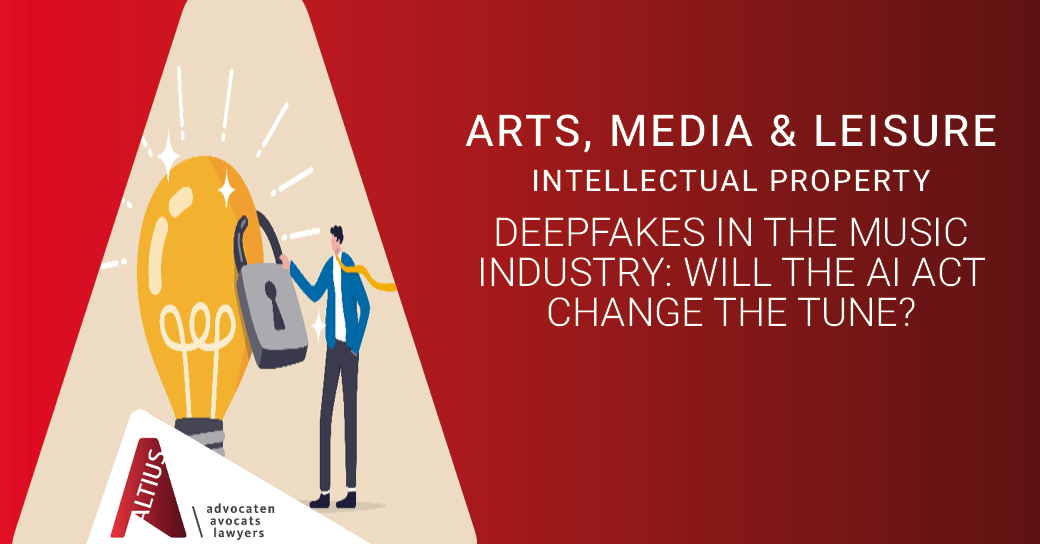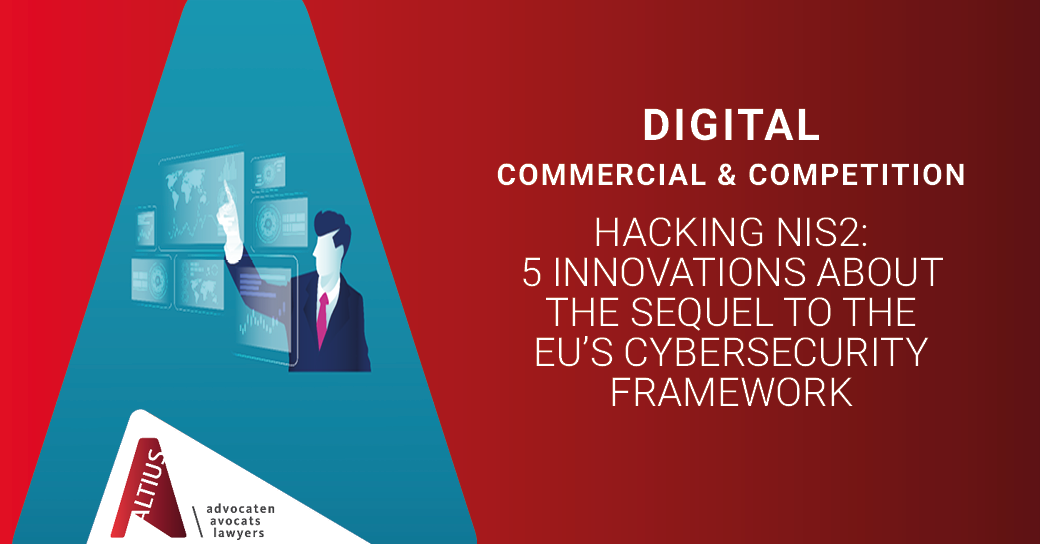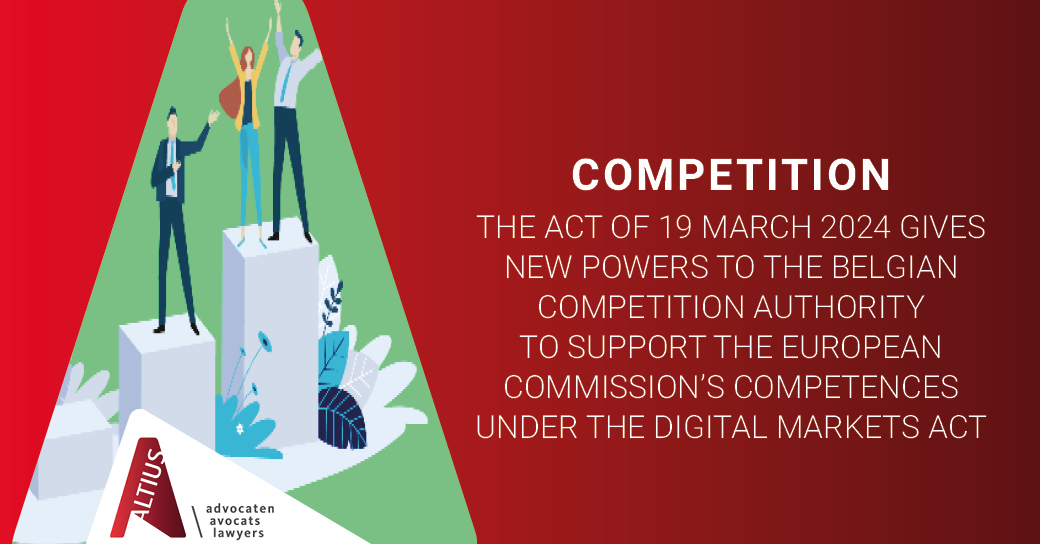Patenting blockchain

While much has been written already regarding blockchain and its many exciting applications for the future, not much has been said on how you can adequately and legally protect your blockchain once it has been developed. Nevertheless, authorities in both Europe, the USA and China have adapted their legal framework to accommodate the rise of this new technology, more specifically in the form of “software patents”.
Quick reminder: what is blockchain?
Before delving into the legal mechanisms which may be used to protect blockchain technologies, it is necessary to set out a quick overview of the inner workings of blockchain. At its core, blockchain is no more than a method for digital record keeping, transactions and a secure computation system. In that sense, blockchain is often called “distributed ledger technology”. When examining the main characteristics, most blockchains share the common traits in that they are decentralized, difficult to corrupt, transparent and immutable. But the main advantage of blockchain in the long run may be its potential to add a new layer to the internet’s infrastructure as a “Web 3.0”. In doing so, the blockchain technology could aid to provide a measure of trust, value exchange and security. In an internet environment where the clear-cut distinction between truths and falsehoods seems to be ever decreasing, blockchain may indeed provide tremendous value for the future.
It is no wonder then, that many companies are investing in and developing various blockchain technologies and are therefore looking for the best possible way to protect these technologies. Traditionally, a software-based product such as blockchain can be protected in two ways under European laws: either through EU copyright protection for computer programs or through the protection as a computer-implemented invention under European patent law.
How to patent your blockchain: a quick primer
Computer implemented inventions are subject to a traditional two-hurdle approach: first, the invention must prove to have a “further technical effect”. The mere fact that it is software, will often not suffice: an additional technical solution to a technical problem must be provided. It is only in the second instance that the European Patent Office will examine whether the invention has the required novelty and inventive step, the base requirements of a European patent.
Recently, the European Patent Office (“EPO”) has updated its Guidelines for Computer Implemented Inventions on 1 November 2018 to accommodate the rise of new information technologies such as blockchain. These updated guidelines include new rules for the Examination Division regarding protection for mathematical methods, AI and machine learning, distributed environments and programs for computers. Detailed guidance can be found in Section G-II, 3 of the Guidelines.
As such, the core blockchain technical characteristics should be separated from the technical characteristics of applied blockchain. It is the latter who will be the most likely to be patentable and the latter who will be assessed for novelty and inventive step. Specific examples of granted blockchain patents are a blockchain to facilitate “person-to-person” alias-based payments, a method in which to store encrypted data on a blockchain and a method of tracking payments and uploading data onto a blockchain at point of sale.
Future prospects
From 2014 and 2015 onwards, blockchain patent applications have skyrocketed, both in Europe as well as worldwide. Large multinational companies such as IBM, Alibaba, Mastercard, Visa and Siemens are taking the lead in filing for blockchain patents, no doubt with a view to the potential future applications with this groundbreaking technology.
Recommended articles
Deepfakes in the music industry: Will the AI Act change the tune?
The emergence of deepfake technology, particularly within the music industry, has sparked significant debate and concern. Deepfakes, which are synthetic media generated using AI to replicate and/or manipulate a known artist’s likeness and/or voice, have the potential to revolutionise the music industry.
Read onHacking NIS2: 5 innovations about the sequel to the EU’s cybersecurity framework
NIS2 (the second “Network and Information Systems Directive”) is an updated regulatory framework introduced by the European Union to strengthen cybersecurity across member states. It is a successor to the original NIS Directive, which was adopted in 2016.
Read onThe Act of 19 March 2024 gives new powers to the Belgian Competition Authority to support the European Commission’s competences under the Digital Markets Act
The Act primarily grants more powers to the BCA to improve its efficiency and allow it to adequately support the EC when the latter applies and enforces the DMA.
Read on

